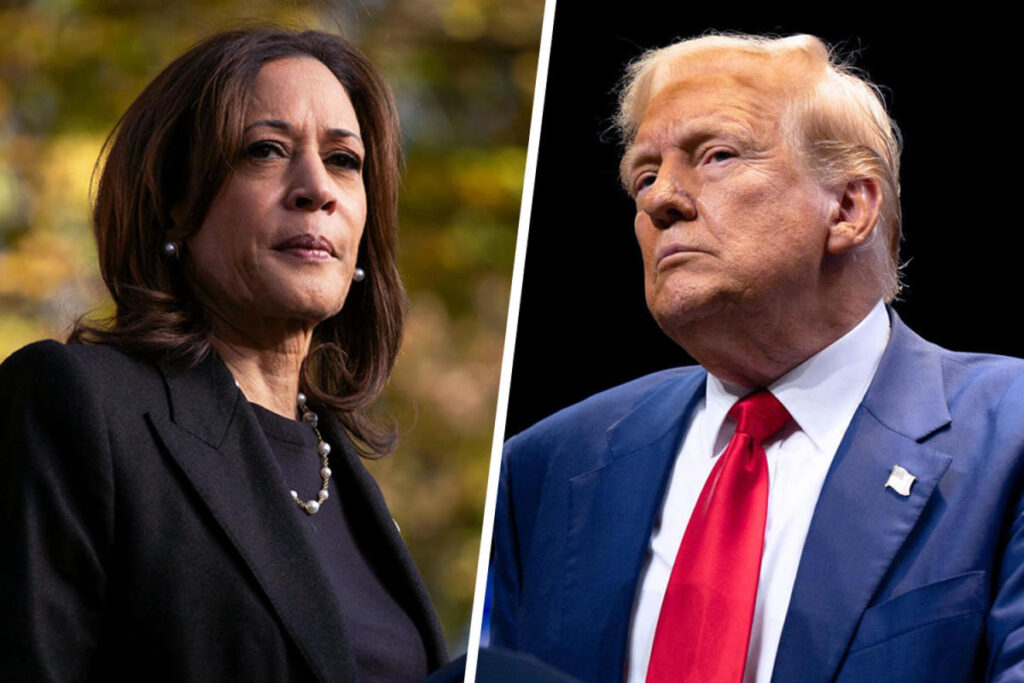The NBC News Politics newsletter provides a comprehensive analysis of the critical dynamics shaping the final days of the presidential race. As Election Day approaches in just two weeks, it reveals that while the polls indicate a tight race, they also highlight significant trends influencing voter behavior. Senior political editor Mark Murray identifies inflation as the foremost concern among voters, overshadowing various other issues. However, abortion emerges as a key mobilizing factor that could sway votes, especially when voters indicate willingness to choose candidates based solely on this issue. The analysis reveals a complex interplay of priorities that could redefine the election outcome.
A stark gender gap has crystallized in the electoral landscape, with female voters backing Kamala Harris by 14 points while Donald Trump maintains a notable lead among male voters. This 30-point divide marks a larger discrepancy compared to previous election cycles, underscoring the critical role of gender dynamics in voter support. Notably, white women with college degrees are showing stronger support for Harris, signaling a shift in demographic trends. As the candidates continue to campaign, these gender distinctions could significantly influence their strategies and outreach efforts, as both candidates seek to consolidate their respective bases.
Despite the advantages enjoyed by Harris among women, it is crucial to note that Trump has also garnered increasing support from Latino and Black voters, weakening the Democratic hold on these critical demographics. The penultimate weeks leading to the election will likely illuminate whether these shifts in voter preferences, particularly in battleground states, will tilt the election in Trump’s favor. Even as Harris is being recognized as more favorable than Trump in several polls, she is contending with the challenge of turning voter sentiment into tangible electoral support, especially as perceptions of Trump’s presidency remain relatively favorable in the minds of some voters.
Another defining factor leading up to the election is that while Harris leads Trump in popularity, the margin of that lead has narrowed, showcasing a competitive race. Recent data suggests that the third-party vote share is diminishing, which could have significant implications in an election expected to remain closely contested. The historical context of third-party candidates affecting Trump’s narrow victories in 2016 does not seem to hold this time. The landscape for 2024 appears to favor traditional party structures, intensifying competition between the main candidates as they work to capture every potential voter.
In assessing which candidate stands as the representative of change, recent polling indicates that Harris currently holds a slight edge over Trump in voters’ perceptions. Yet, a significant portion of the electorate expresses concern about continuity with the Biden administration versus Trump’s past term. Such sentiments underpin the upcoming narratives as both campaigns rally their bases to clarify their vision for the future, aiming to appeal to undecided voters who may still be grappling with their choice between the incumbency of Harris and the legacy of Trump.
The role of influential figures such as Barack Obama on the campaign trail is also a focal point, particularly in his efforts to engage young Black male voters, a demographic that seems less inclined to support Harris. His presence on the campaign circuit is an attempt to resonate with these voters, reminding them of the importance of solidarity within the Democratic base. However, the effectiveness of Obama’s message may be questioned, especially as younger voters did not experience his presidency fully. As the candidates forge ahead, they must navigate these intergenerational complexities, all while countering their opponents’ narratives to capture the powerful and often unpredictable vote among young people, particularly young Black men.
As the news cycle continues, further developments will shed light on campaign tactics, voter sentiment, and the pivotal issues that could deterministically influence the 2024 election’s outcome. The newsletter serves as an insightful resource for anyone looking to understand the multilayered dynamics at play in an electoral landscape that remains exceedingly sensitive to public opinion and demographic shifts.

